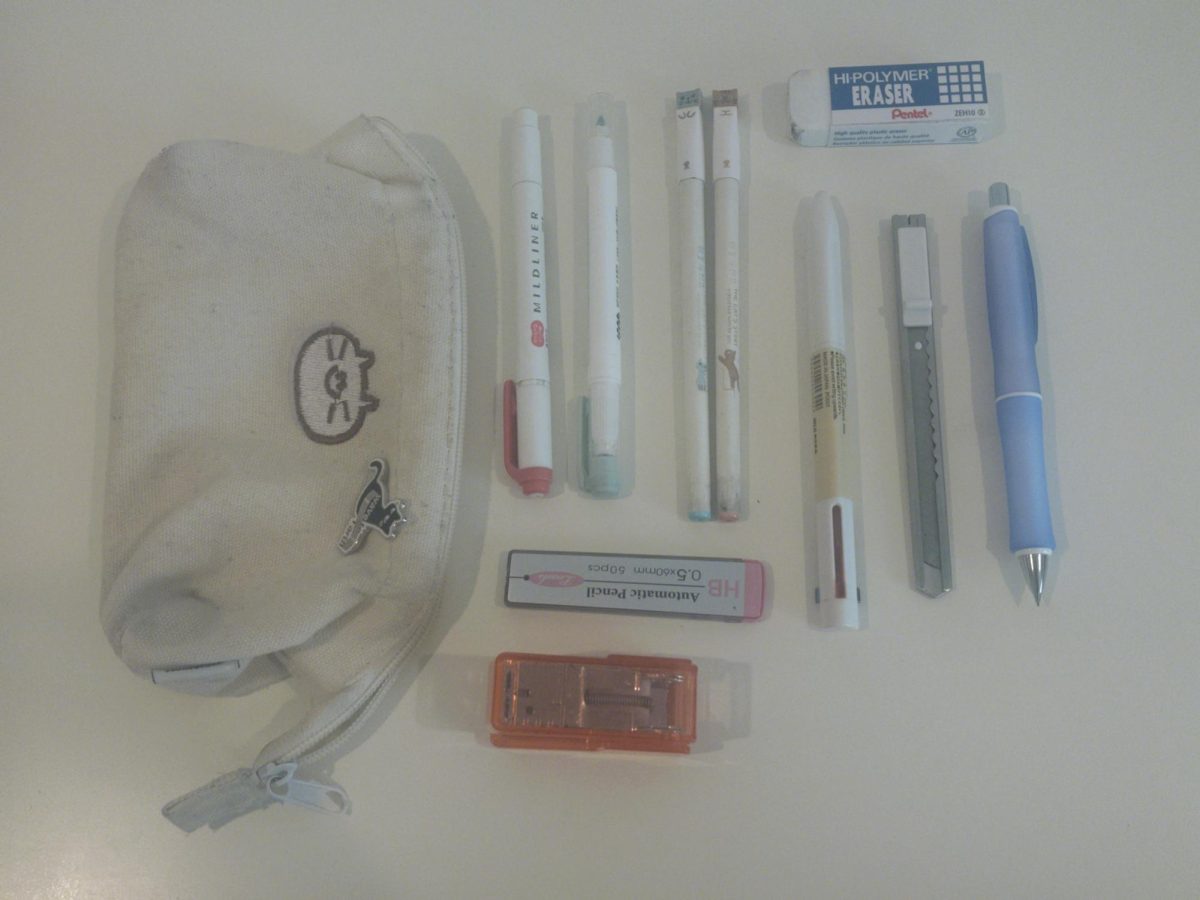Many student athletes have a primary sport they have grown up playing, one that shapes their everyday lives as they attend practices and games alongside their teammates, forming lasting friendships with fellow players.
Deciding to switch to a new sport means giving up these connections and perhaps even leaving behind the countless hours put into the sport. But transitioning sports also opens new opportunities and avenues yet to be discovered.
Despite these challenges, junior Cassidy Coghlan and sophomore Brennan Pak are among the rare student athletes who made the decision to switch sports in high school.
For Coghlan, switching from water polo — a sport she played competitively since she was 13 — to rowing was a leap of faith. She was unsure if the new water sport would be to her liking, how her skill level would compare to seasoned rowers or how her teammates would treat her. But having the ability to slowly transition into rowing made her confident in her decision to switch sports.
“For me, the pressure [of switching] was lessened a little bit because I had the ability to do a trial of rowing before I had to fully commit,” Coghlan said.
Coghlan recently found that she was falling out of love with water polo as part of the San Jose Express Aquatics team because of how competitive it had become. Coghlan found that members tended to cluster into friend groups of similar levels and exclusively pass to each other during games. As a result, the disparity in skill level between the stronger and weaker members increased.
After four years of remaining in what she saw as an unhealthy environment, Coghlan decided she wanted to pursue a sport that relied more on individual effort for success than on other factors out of her control, like her teammates. Since both her parents were D1 rowers in college, she decided to try the sport out for herself. After the high school water polo season was over last fall, Coghlan quit club water polo and started rowing.
She’s glad she made the switch. One of the major aspects Coghlan appreciates about her new sport is how members are more in control of their own progression. During rowing practices, members can train on an Ergatta machine to perfect their technique and build their strength at their own pace.
“In water polo, I have to get the ball from a teammate to be able to show my performance,” Coghlan said. “Whereas in rowing, you can showcase your [capabilities] whether or not your teammates are doing their best.”
For these past few months, Coghlan has been enjoying her experience, as not only are her teammates extremely welcoming, but she picked up the skill set needed quicker than she expected.
Coghlan plans to continue rowing over the summer and into her senior year. While she is still unsure whether she will play for the varsity water polo team, she is certain she will not be going back to club water polo.
“I think I made a really good decision,” Coghlan said. “I’ve been really happy rowing and I’ve been able to succeed more than I thought I would. I do miss the high school water polo season, but I haven’t missed the club dynamic that I left.”
Injury prompts switch to lacrosse
While Coghlan switched sports to escape a toxic environment, Pak decided to switch from volleyball to lacrosse due to a shoulder injury.
Pak has played club volleyball for four years and is on the roster of the Bay to Bay Club 18 Premiere team. Over time, he became an exceptional hitter in the sport.
Although he was a starting outside hitter for the high school varsity team in his freshman year, Pak didn’t play for school team this spring due to a slight tear in his labrum — a cartilage found in the shoulder — caused by the overuse and accumulation of stress throughout his volleyball career, which worsened considerably during his club season last fall.
“It has affected my ability to hit,” he said. “I can’t hit without there being pain, so I can’t play volleyball.”
Still feeling the desire to play a team sport, he recently began playing for the school’s lacrosse team. He’s found the throwing, tossing and shooting motions in lacrosse take a lighter toll on his shoulders. Compared to hitting in volleyball, Pak said he hasn’t experienced too much pain and only experiences an occasional feeling of discomfort through overexertion.
“It’s definitely been fun. Getting used to [lacrosse has been] pretty easy with great coaches and welcoming teammates, and the growth has been super fast,” Pak said. “There’s a chance I’ll come back [to volleyball in the future], but [for now,] I think I just made the right decision playing lacrosse.”






























